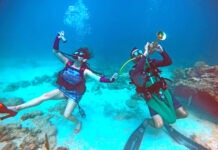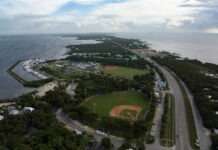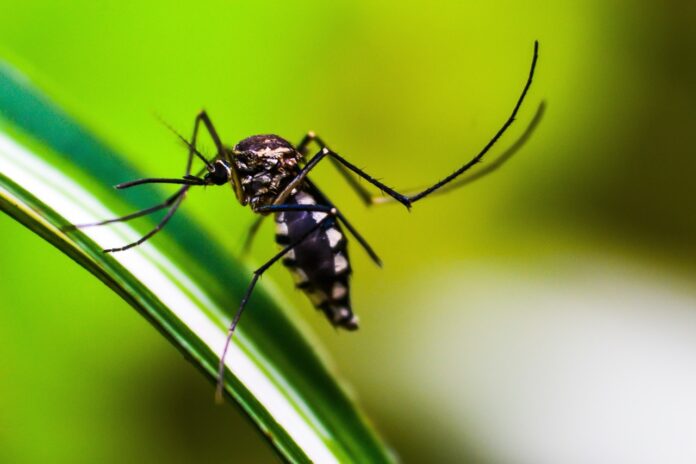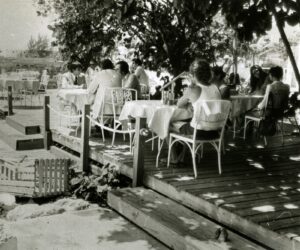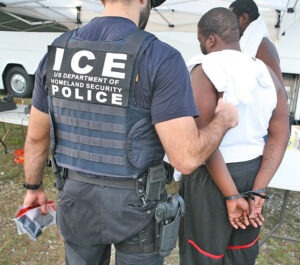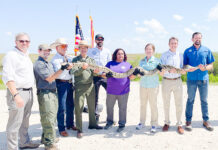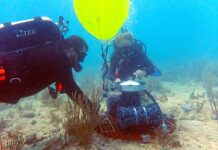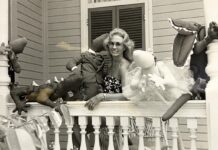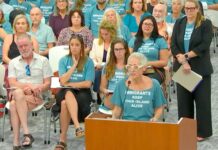These days, the small island in the Atlantic shallows off of the Matecumbe Keys is home to Indian Key Historic State Park. Bahamian sailors called it Kay Comfort and did so for four primary reasons.
First, it is about midway along the Florida Reef. Second, a reliable freshwater source was once located on nearby Lower Matecumbe Key. Third, the island had a relatively deep natural harbor. However, the island’s reputation for being relatively mosquito-free was likely what put the comfort in Kay Comfort.
Except for maybe Kay Comfort, mosquitoes have been a part of life in the Florida Keys for as long as warm-blooded creatures have called these islands home. They are like hungry little vampires as they needle their hollow tooth into the skin to reach the blood they need to survive. During the exchange, they sometimes leave behind a little present that used to be called yellow fever and is now identified as malaria.
The condition struck in two waves, with initial symptoms including fever, headaches and chills. What sometimes followed was a short remission. When the disease rebooted, symptoms included high fevers, intense headaches, hemorrhaging from the nose and gums, jaundice and bloody vomit. The disease was a killer, too.
There has been a long history of mosquito misery in the Florida Keys and the West Indies. How dangerous were they? During the Spanish-American War (1898), it has been suggested that 1,000 men died in combat, while another 5,000 succumbed to disease — predominantly yellow fever. The pest has certainly stirred its long, hollow tooth into local history.
A document titled “The Repression of Piracy in The West Indies,” published in the December 1911 edition of the U.S. Naval Institute’s Proceedings Magazine, reported: “the men who sailed with Commodore Porter had their full share of hazard and adventure. But the climate was so much more deadly than the fighting, the mortality from yellow fever so much greater than that due to malice of pirates, that a raid or a skirmish was a trivial matter compared with the hardships of a summer’s cruise. At any rate, most of the reports are sober and modest, and even the journalists of the day failed to recap a sensational harvest.”
Dr. Mudd was pardoned because of mosquitoes. The infamous Dr. Samuel Mudd treated John Wilkes Booth after he shot President Lincoln behind the ear with his little gun, jumped from the balcony at Ford’s Theater and broke his leg. For lending aid and comfort to Booth, Mudd was sentenced to Fort Jefferson along with four other alleged co-conspirators convicted in Lincoln’s assassination.
Fort Jefferson is the largest masonry brick structure in North America and was built on Garden Key in the Dry Tortugas, some 70 miles southwest of Key West. Samuel Arnold, one of the men sentenced to the isolated Civil War-era fortification, kept a diary of his time at the prison.
A copy of a diary excerpt can be found at the Islamorada branch of the Monroe County library.
It reads: “Without exception, it was the most horrible place the eye of man ever rested upon, where day after day the miserable existence was being dragged out, intermixed with sickness, bodily suffering, want and pinching hunger, without the additional acts of torture and inhumanity that soon I became a witness of.”
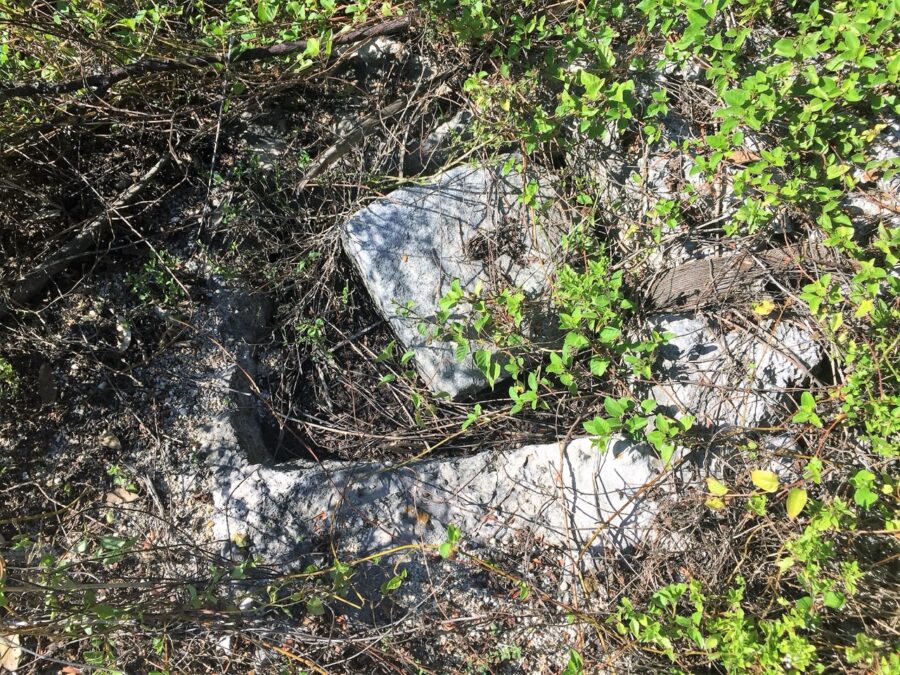
Part of the misery at the fort and around the island was due to mosquitoes, and during Mudd’s incarceration, Fort Jefferson was hit hard with yellow fever. The fort doctor, Dr. Joseph Smith, succumbed to the disease. Mudd filled in, treating both soldiers and prisoners alike, and he, too, became inflicted with the disease. He fully recovered, is credited with saving lives and was ultimately pardoned by President Andrew Jackson. He was released from the prison fortress on March 8, 1869.
In those days, yellow fever was thought to be a viral infection spread through human contact or proximity. It was not until the 1880s that the Cuban doctor Carlos Finley theorized that mosquitoes transmitted the disease. His idea was not taken seriously, and it took some time before his hypothesis was accepted — because he was right.
Returning to the island once called Kay Comfort and now recognized as Indian Key, an outbreak of yellow fever occurred there in 1875. During the outbreak, the Navy hospital Camp Bell was established at Indian Key. Dr. Joseph Otto was one of the doctors who traveled from Key West to attend to the sick. A third-generation doctor from a prominent Key West family, the Otto name is not remembered so much for its medical service to the Florida Keys but for a doll given to the doctor’s grandson, Robert Eugene Otto, in 1904, on his fourth birthday — but that is a story better told closer to Halloween.
If you visit Indian Key Historic State Park, one of the artifacts identified on the island from those days when the island still provided a convenient harbor is a post hole carved into the island where the hospital tent was allegedly erected in 1875. Indian Key and the Dry Tortugas, home to Garden Key and Fort Jefferson, require a little extra effort and time to visit than the other Keys islands linked by the cement and asphalt of the Overseas Highway, but both are worthwhile adventures.
One way to visit Indian Key from the comfort of your home is to download the free walking tour I developed with Florida Humanities for their Florida Stories app. Walk Indian Key is one of 36 tours available at FlStories.org.



